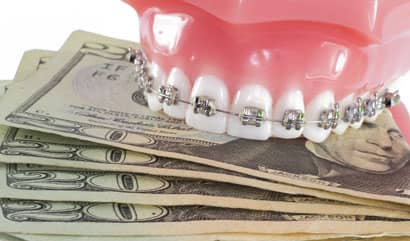The toolkit zeros in on the short-term guidance practices need as they reopen, including pre-appointment screening, staff protection strategies, and a supplies shopping list.
The American Dental Association (ADA) Task Force on Dental Practice Recovery has released a toolkit for dental professionals reopening their practices. The Return to Work Interim Guidance Toolkit includes precautions to help protect staff, patients, and doctors from COVID-19.
The toolkit zeros in on guidance practices need in the short-term—including a sample “welcome back” letter to patients, pre-appointment screening guidance, in-office patient registration procedures, reception area preparation strategies, a chairside checklist, staff protection strategies, and a supplies shopping list.
“Our goal was to provide a basic road map for members to follow that would allow them to safely reopen their offices,” Dr Kirk M. Norbo, co-chair of the task force and 16th District trustee, told ADA News.
The task force, which was created to help develop general tools to support dental professionals as they return to providing nonemergency care, is comprised of practicing dentists and receives support from ADA experts in science, practice, law, regulation, and other key areas. The task force aimed to provide guidance that is based on science and Centers for Disease Control and Prevention recommendations.
“The challenge we faced when formulating this document was balancing the introduction of new protocol addressing this specific COVID-19 virus with existing infection control measures members have used for decades to safely deliver dental care to their patients,” Norbo said. “This document is intended to augment current infection control practices to address the COVID-19 virus on an interim basis.”
The ADA is advising dental professionals to consider implementing a soft launch for their practices, at which time they can discuss new strategies with staff and practice them before welcoming patients.
The toolkit also includes the ADA’s interim guidance on personal protective equipment recommendations amid COVID-19, as well as a chart that highlights several common mask types and their appropriate uses.










